World of dissent: Ai Weiwei's Royal Academy retrospective
The five years since Ai Weiwei unveiled his installation of porcelain Sunflower Seeds at Tate Modern have been truly momentous times for the Chinese artist. Not only was that the last time he had a passport and was free to travel to one of his own shows (he has had maybe 100 in the intervening period), but his world-famous name has barely been whispered in his own country since. Yet his homeland provides much of the impetus and thematic content for a major Royal Academy exhibition.

The five years since Ai Weiwei unveiled his installation of porcelain Sunflower Seeds at Tate Modern have been truly momentous and troubling times for the Chinese artist. Not only was that the last time he had a passport and was free to travel to one of his own shows (he has had maybe 100 in the intervening period), but his world-famous name has barely been whispered in his own country since. Yet his homeland provides much of the impetus and thematic content for a major Royal Academy exhibition, which begins with a forest of petrified tree parts from the mountainous south and a giant extruded map of China’s capacious borders, before leading visitors through the ruins of an ancient temple and past the remains of schools flattened by the devastating earthquake of 2008.
It is arguably this latter work, entitled Straight (2008–12) – a monumental wave of steel bars salvaged from the gnarled wreckages of the Sichuan earthquake, painstakingly hammered back to their original state by hand – which landed Ai Weiwei in an unmarked prison for 81 days of interrogation. Much of the accompanying citizen’s investigation that uncovered the names of 5,000 children who died because their schools were inadequately built is also on display here; again, as much a provocation as a work of art. Evidence of his secret incarceration is also on show in the dioramas of S.A.C.R.E.D (2012) – six boxes containing scenes describing the conditions he was put under (the title standing for 'Supper, Accusers, Cleansing, Ritual, Entropy and Doubt').
What elevates this show beyond the political, emotional or merely personal, however, is the artist’s meditations on normal life given a transformative, material twist – a child’s buggy stranded in a sea of marble grass, a sex toy carved from priceless jade, or a simple bicycle, conjoined with others to form a glamorous chandelier. Ai Weiwei is nothing if not contradictory: part destructive force – when smashing a Han dynasty pot, for example – and part keeper of traditional Chinese crafts and antiques, through his modified and mutated Ming furniture. Long may the dissent continue.
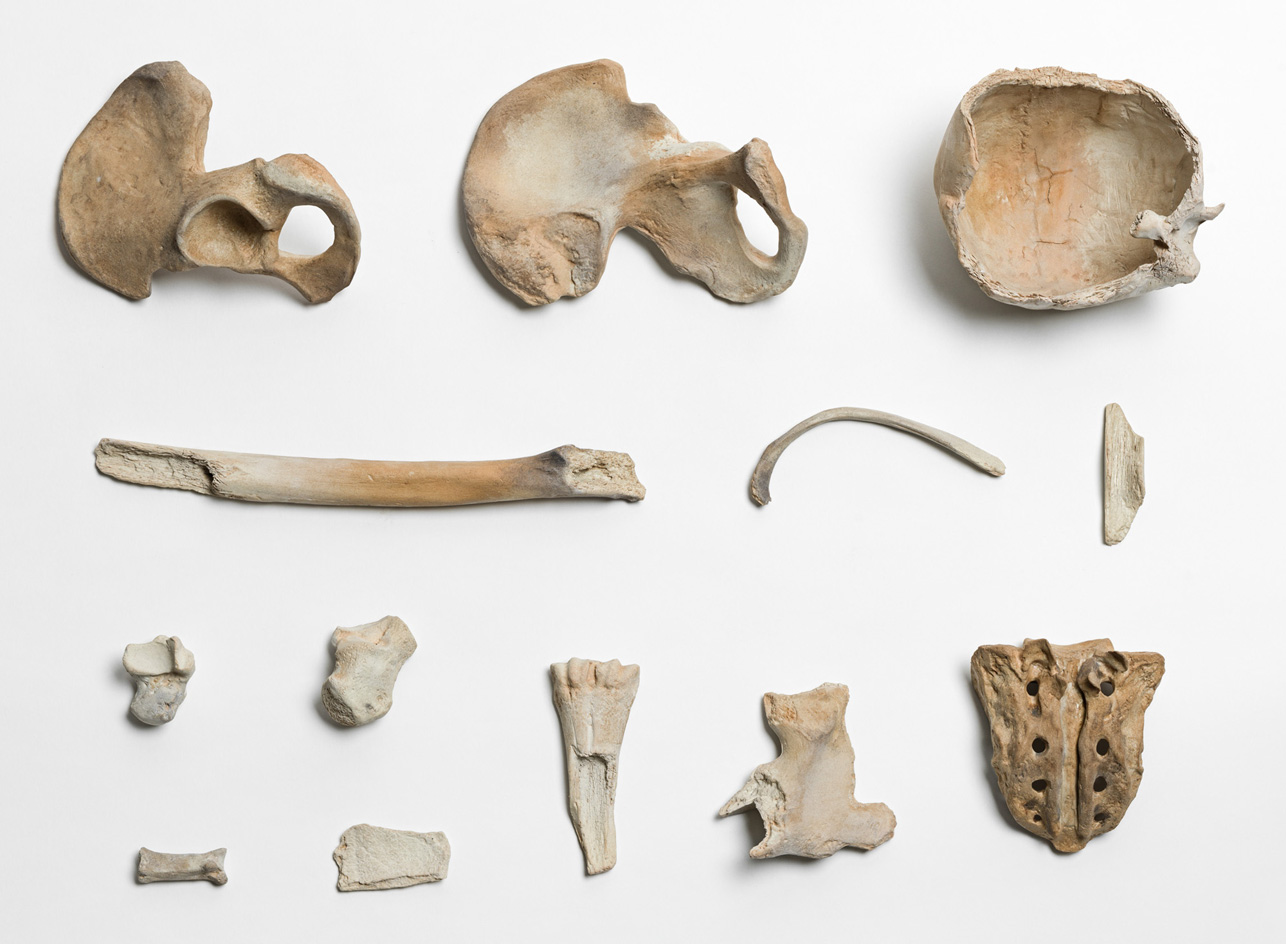
Weiwei's controversial art has seen him heavily censored and incarcerated in his home country, but this hasn't stopped him building a dense oeuvre of cerebral, politically charged work. Pictured: Remains, 2015
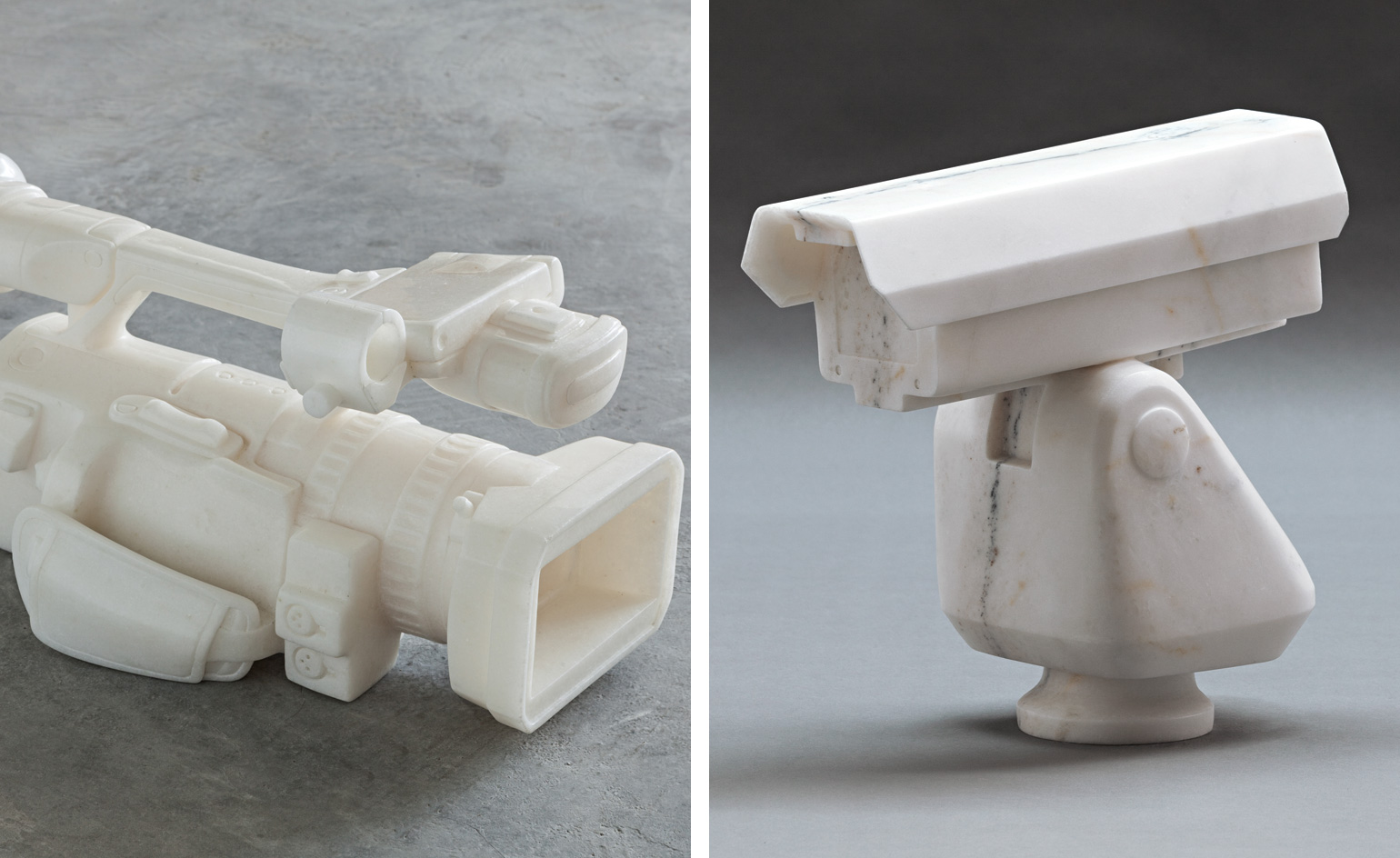
China remains remains a key source of inspiration for Weiwei's work; the marble sculpture Surveillance Camera, 2010 (right) is a replica of those placed outside his house by the government and a satire on the overbearing nature of the country's surveillance culture. Pictured left: Video Recorder, 2010
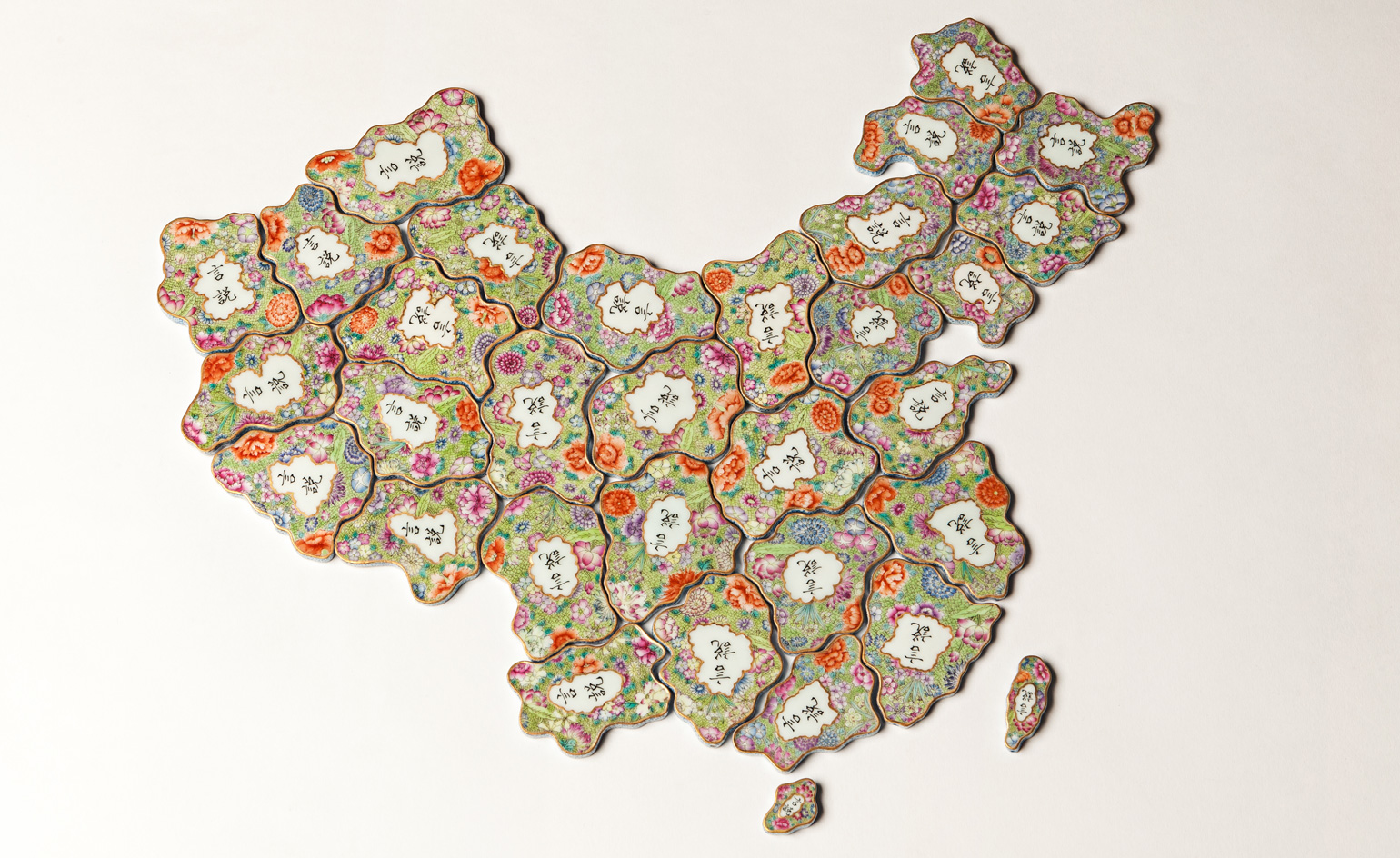
Free Speech Puzzle, 2014, is a hand-painted procelain puzzle, created in the Qing dynasty imperial fashion – an example of Weiwei's fusion of archaic Chinese craft with contempoary socio-politcal themes
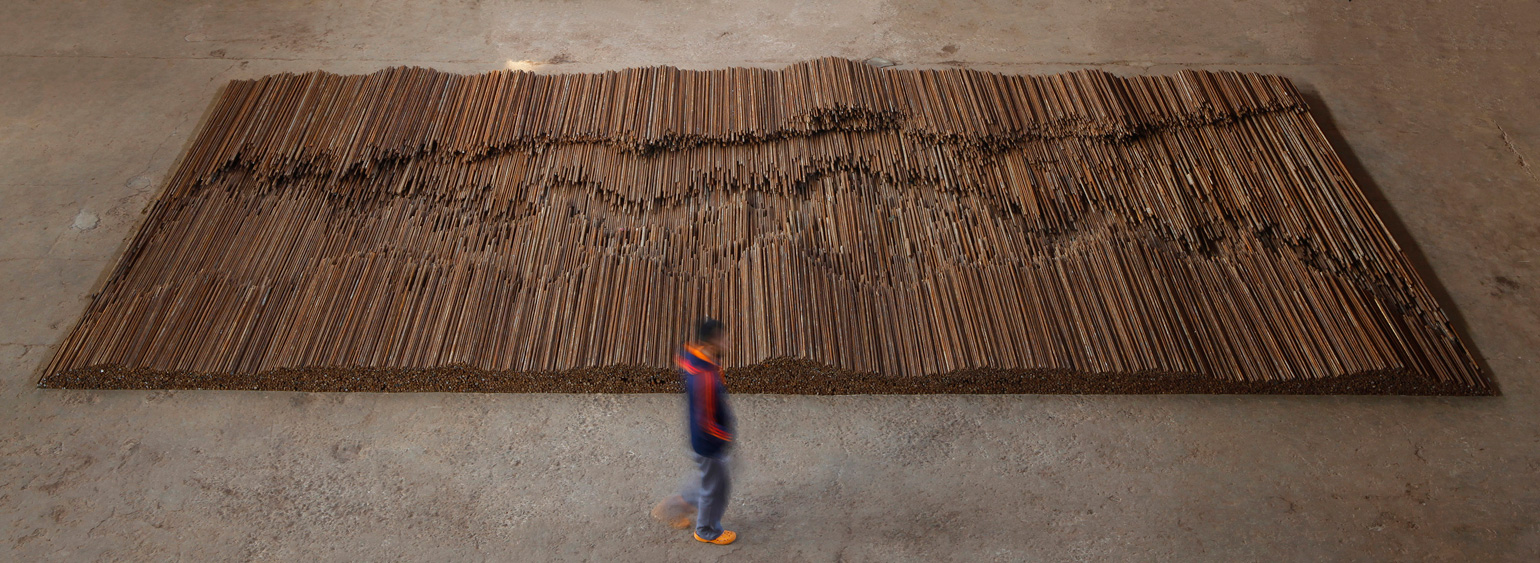
Straight, 2008–12, landed Weiwei in an unmarked prison for 81 days after he reconstructed, by hand, steel bars salvaged from the Sichuan earthquake in 2008 (a people's investigation found that over 5,000 children died becuase their schools were inadequately built)
INFORMATION
’Ai Weiwei’ is on view until 13 December
Photography courtesy of the artist
ADDRESS
Royal Academy
Burlington House
Piccadilly
London W1J 0BD
Receive our daily digest of inspiration, escapism and design stories from around the world direct to your inbox.
-
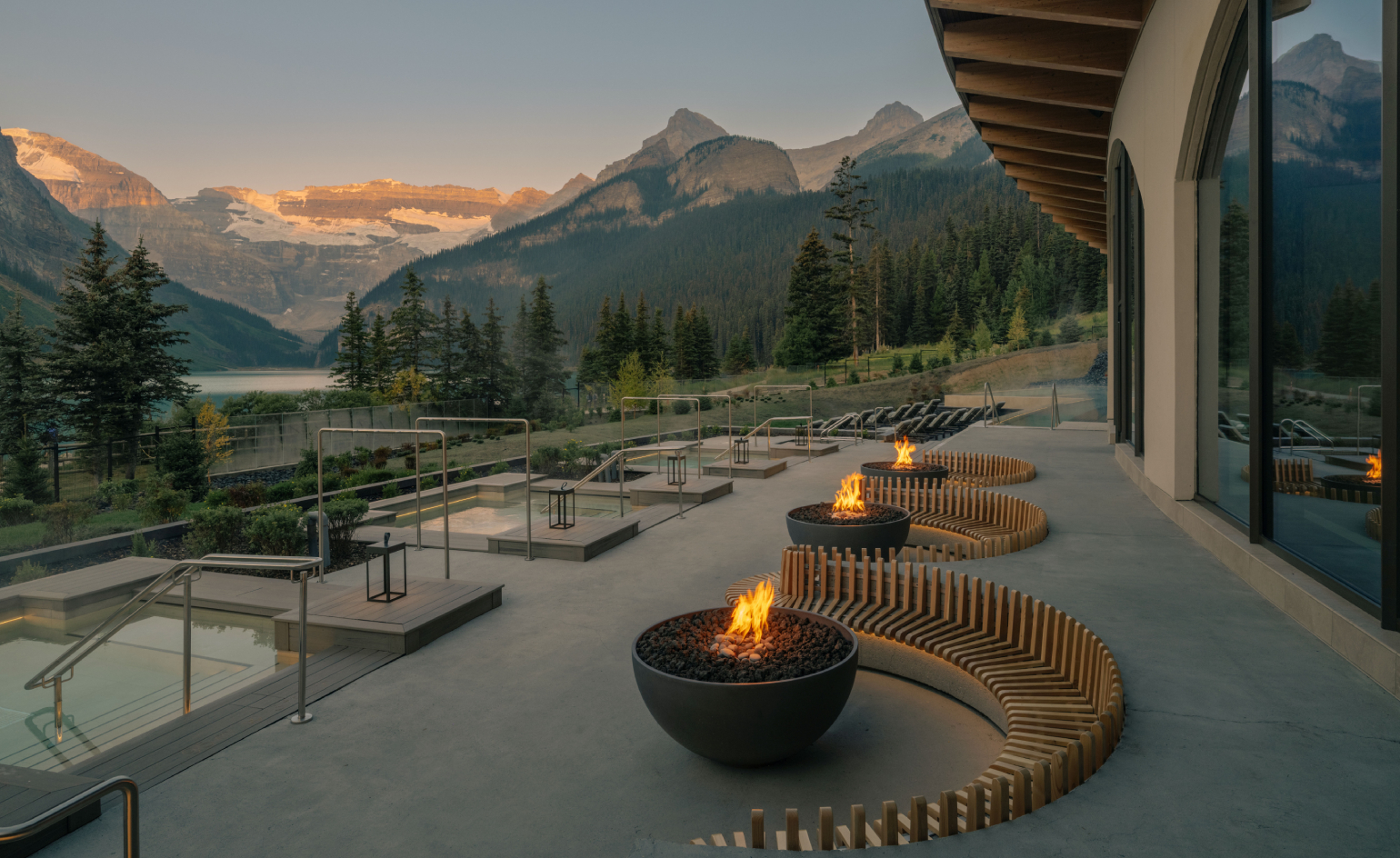 Matteo Thun carves a masterful thermal retreat into the Canadian Rockies
Matteo Thun carves a masterful thermal retreat into the Canadian RockiesBasin Glacial Waters, a project two decades in the making, finally surfaces at Lake Louise, blurring the boundaries between architecture and terrain
-
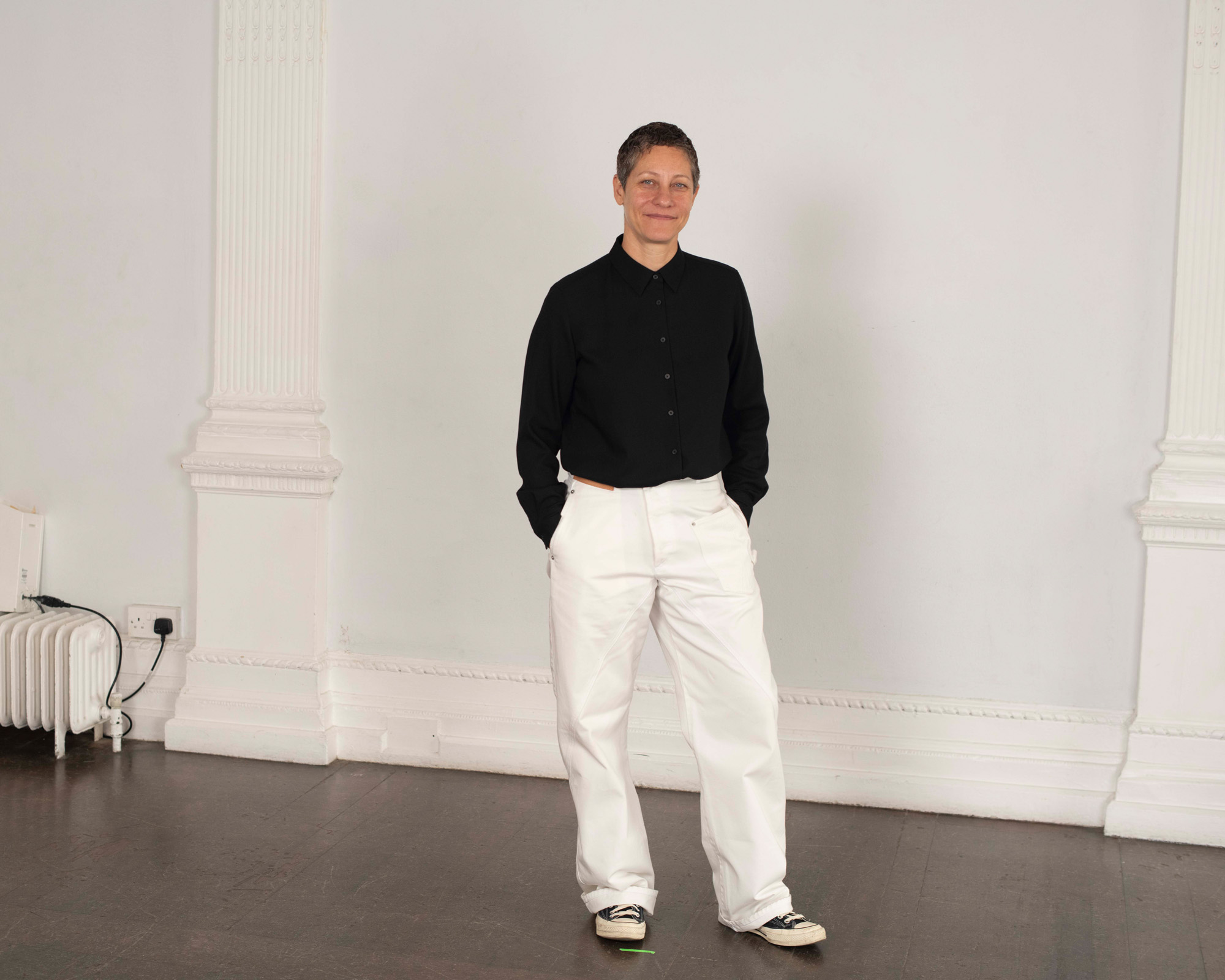 Bengi Ünsal steers London's ICA into an excitingly eclectic direction
Bengi Ünsal steers London's ICA into an excitingly eclectic directionAs director of London’s Institute of Contemporary Arts, Bengi Ünsal is leading the cultural space into a more ambitious, eclectic and interdisciplinary space
-
 Tashkent’s new art centre will put Uzbekistan on the global cultural map
Tashkent’s new art centre will put Uzbekistan on the global cultural mapCCA Tashkent, the city's new Centre for Contemporary Arts, designed by Studio KO, is set to open in a few months, becoming the first institution of its kind in Central Asia
-
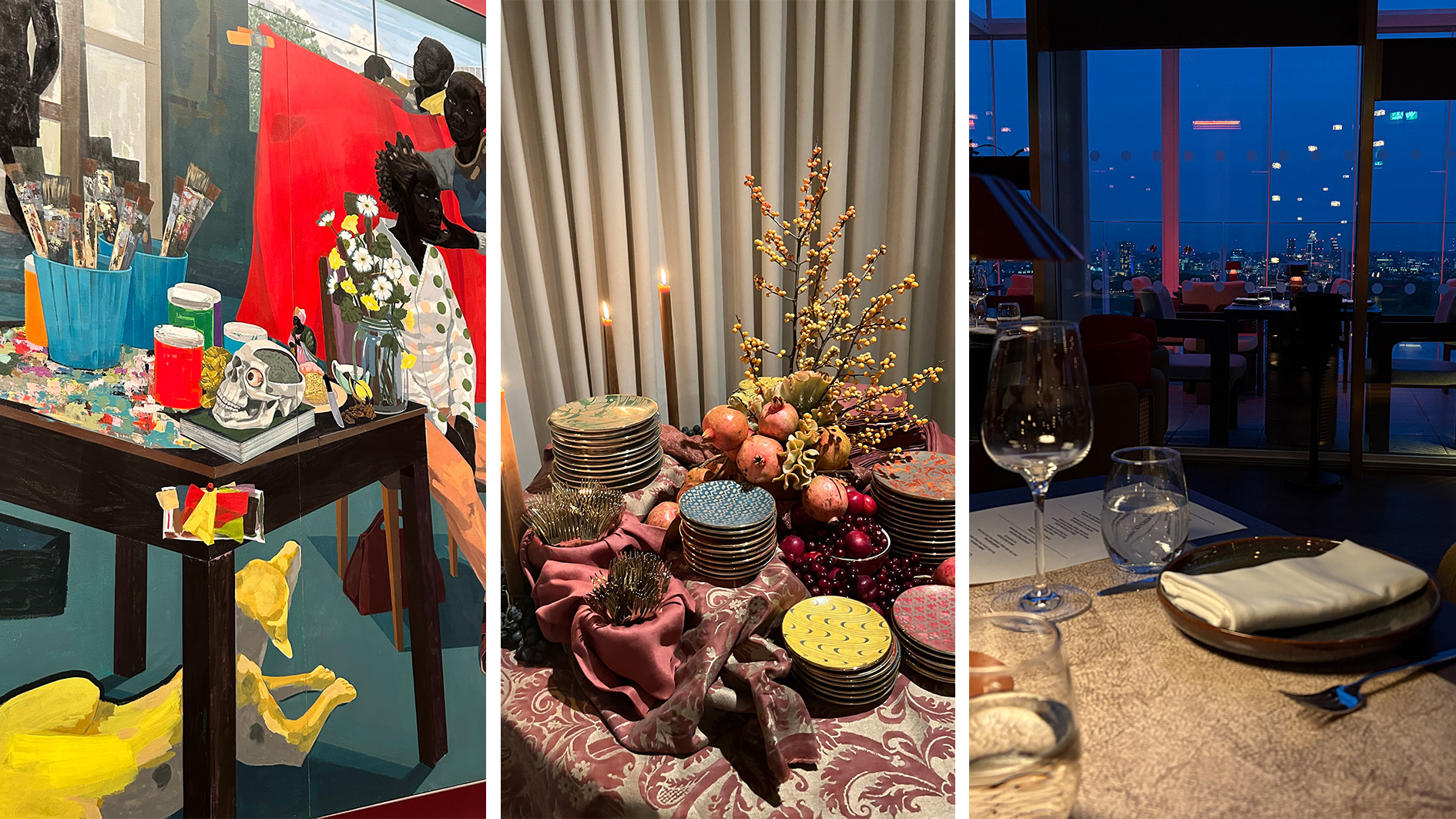 Out of office: The Wallpaper* editors’ picks of the week
Out of office: The Wallpaper* editors’ picks of the weekFrom sumo wrestling to Singaporean fare, medieval manuscripts to magnetic exhibitions, the Wallpaper* team have traversed the length and breadth of culture in the capital this week
-
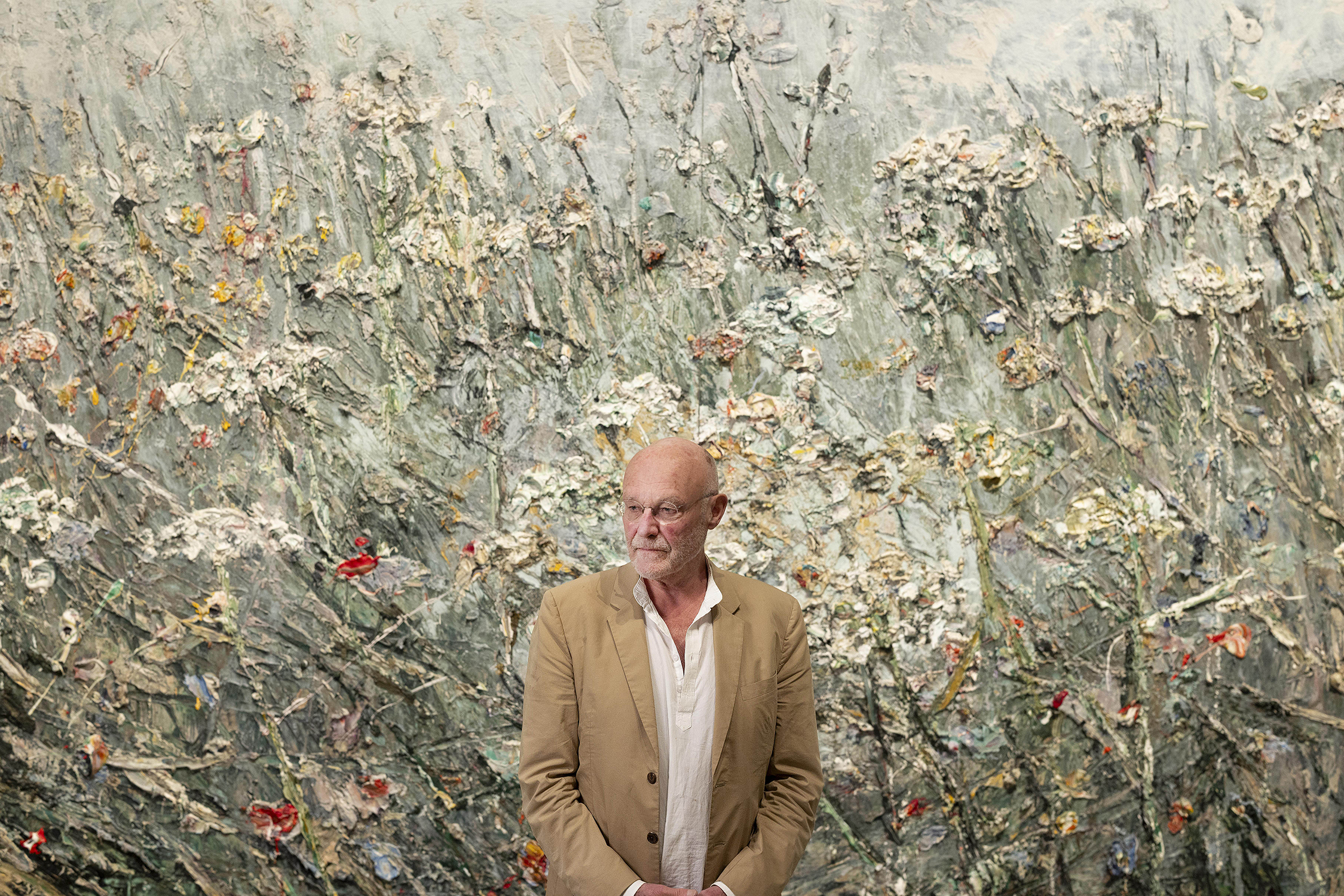 Vincent Van Gogh and Anselm Kiefer are in rich and intimate dialogue at the Royal Academy of Arts
Vincent Van Gogh and Anselm Kiefer are in rich and intimate dialogue at the Royal Academy of ArtsGerman artist Anselm Kiefer has paid tribute to Van Gogh throughout his career. When their work is viewed together, a rich relationship is revealed
-
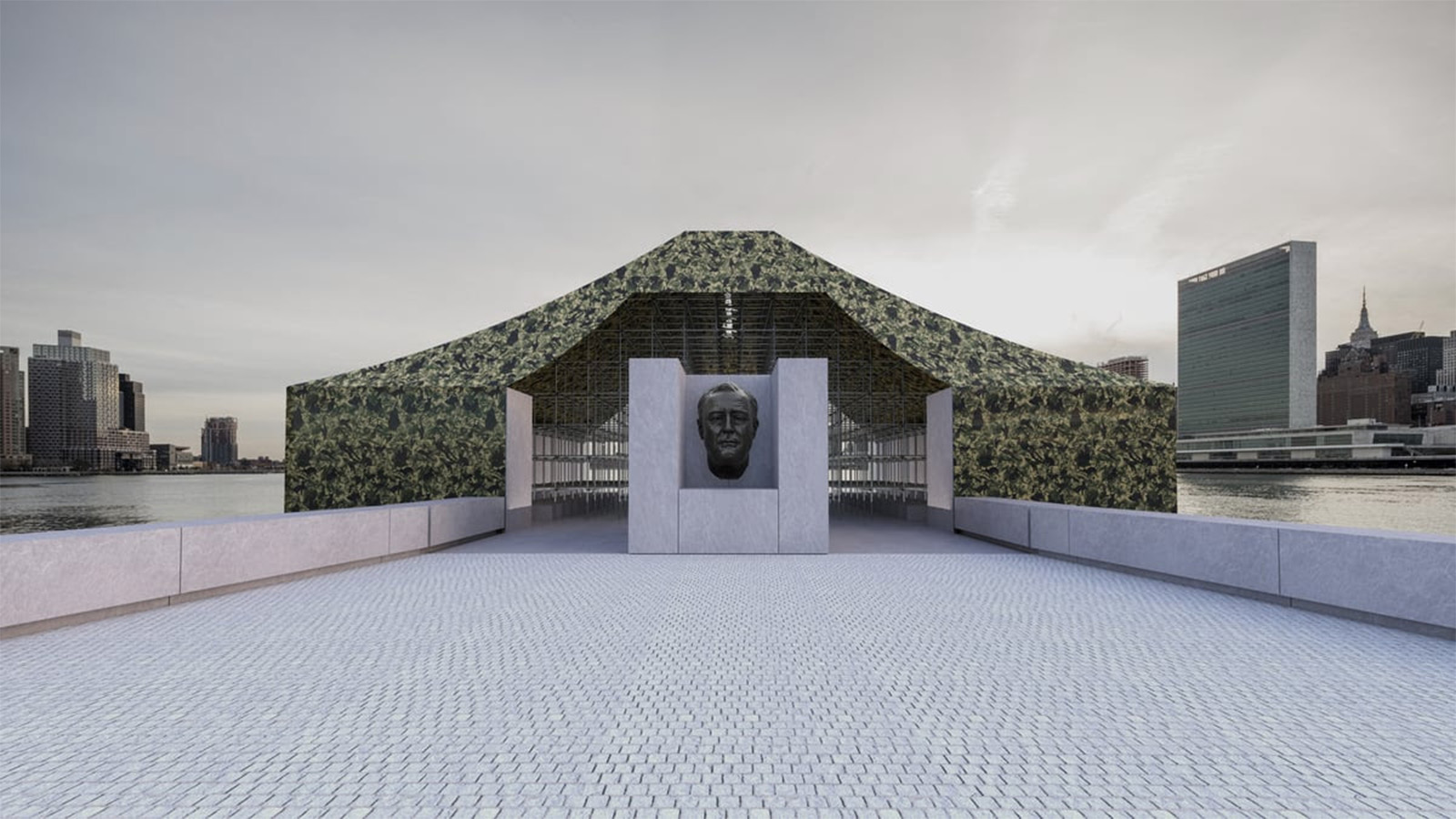 Ai Weiwei’s new public installation is coming soon to Four Freedoms State Park
Ai Weiwei’s new public installation is coming soon to Four Freedoms State Park‘Camouflage’ by Ai Weiwei will launch the inaugural Art X Freedom project in September 2025, a new programme to investigate social justice and freedom
-
 Ai Weiwei's major retrospective in Seattle is a timely and provocative exploration of human rights
Ai Weiwei's major retrospective in Seattle is a timely and provocative exploration of human rights'Ai, Rebel: The Art and Activism' of Ai Weiwei is on now at the Seattle Art Museum
-
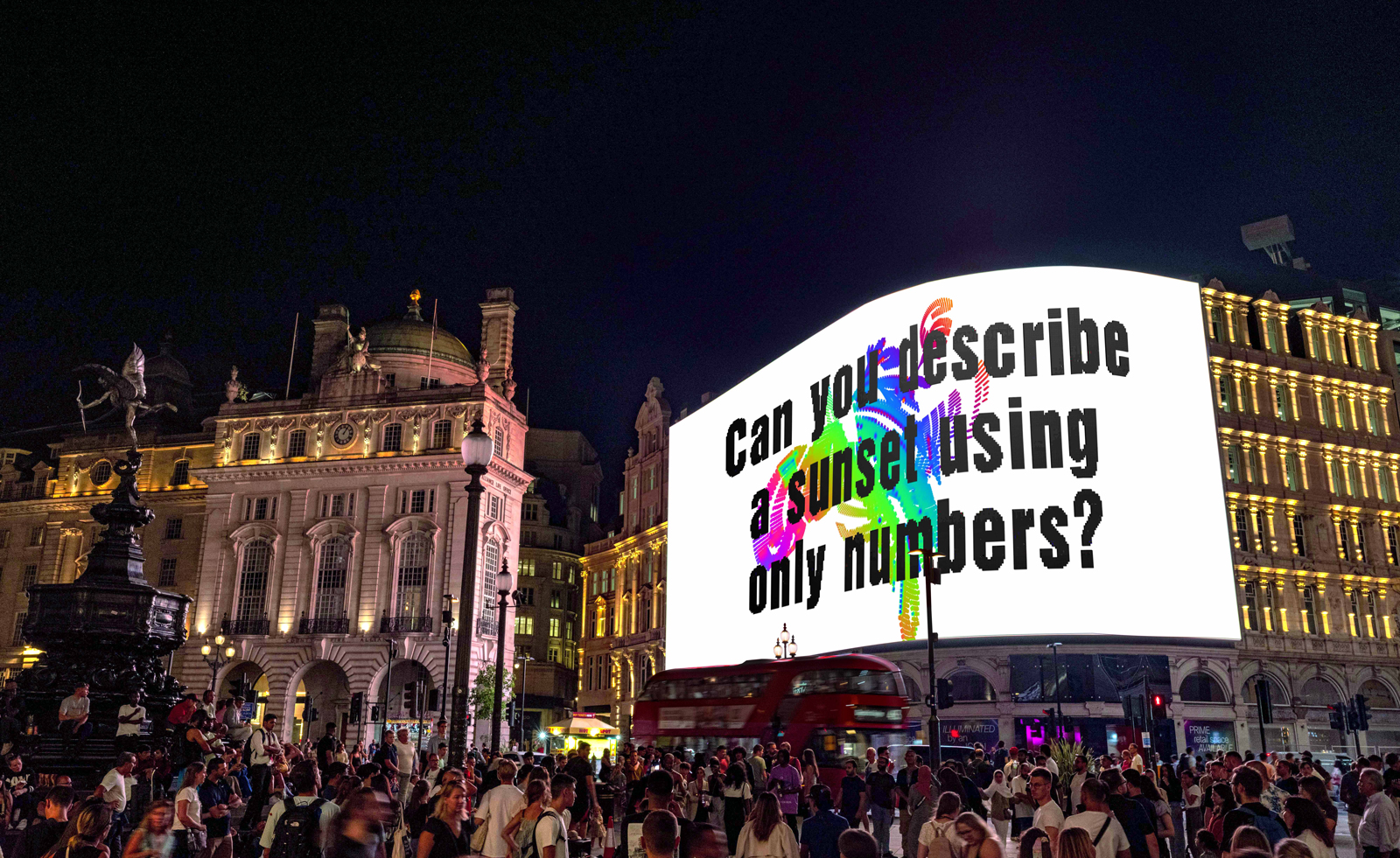 Ai vs AI: Ai Weiwei asks the big questions nightly in central London
Ai vs AI: Ai Weiwei asks the big questions nightly in central LondonAi Weiwei and Circa consider the role of the question in Piccadilly Circus, London
-
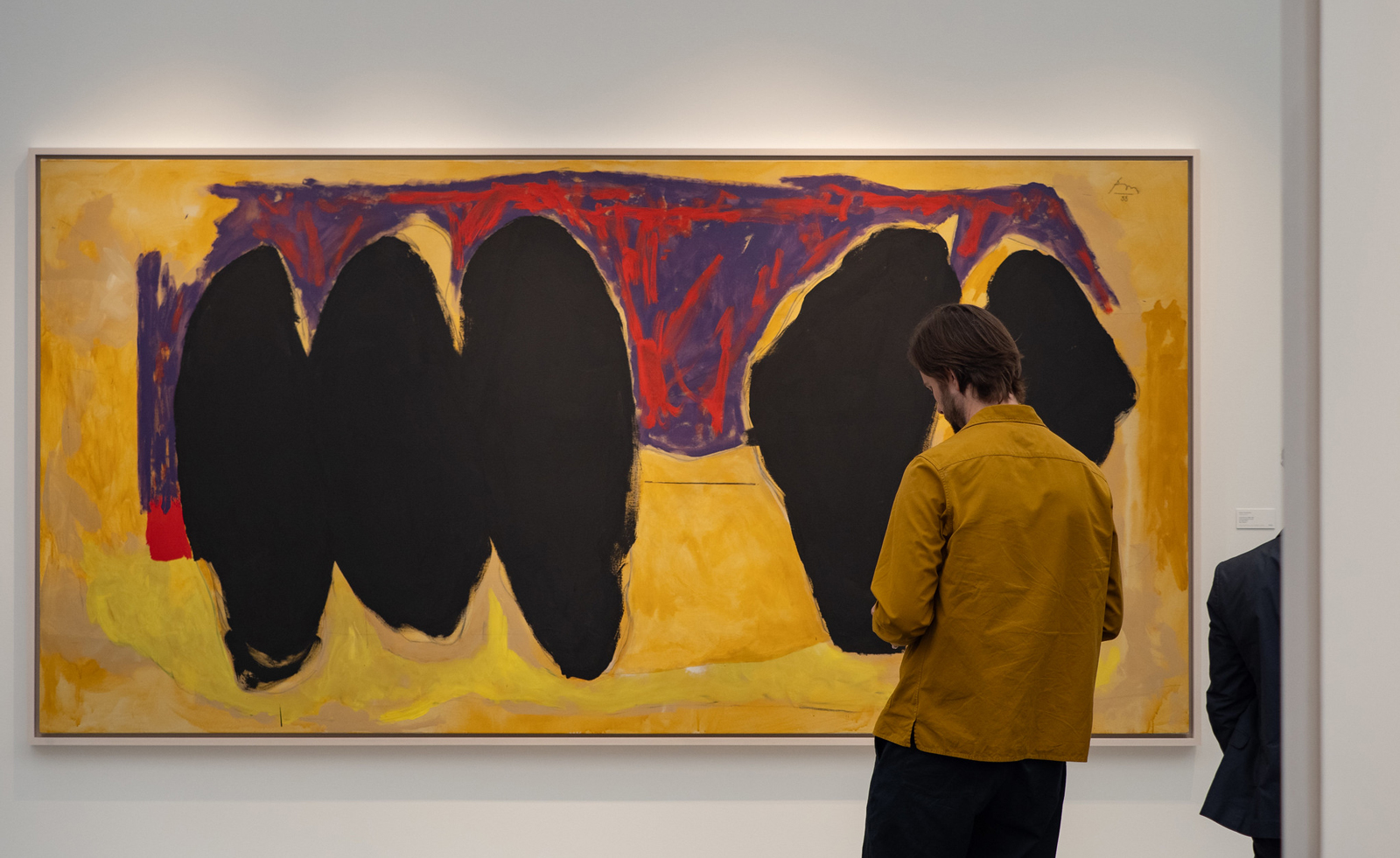 Frieze London 2023: what to see and do
Frieze London 2023: what to see and doEverything you want to see at Frieze London 2023 and around the city in our frequently updated guide
-
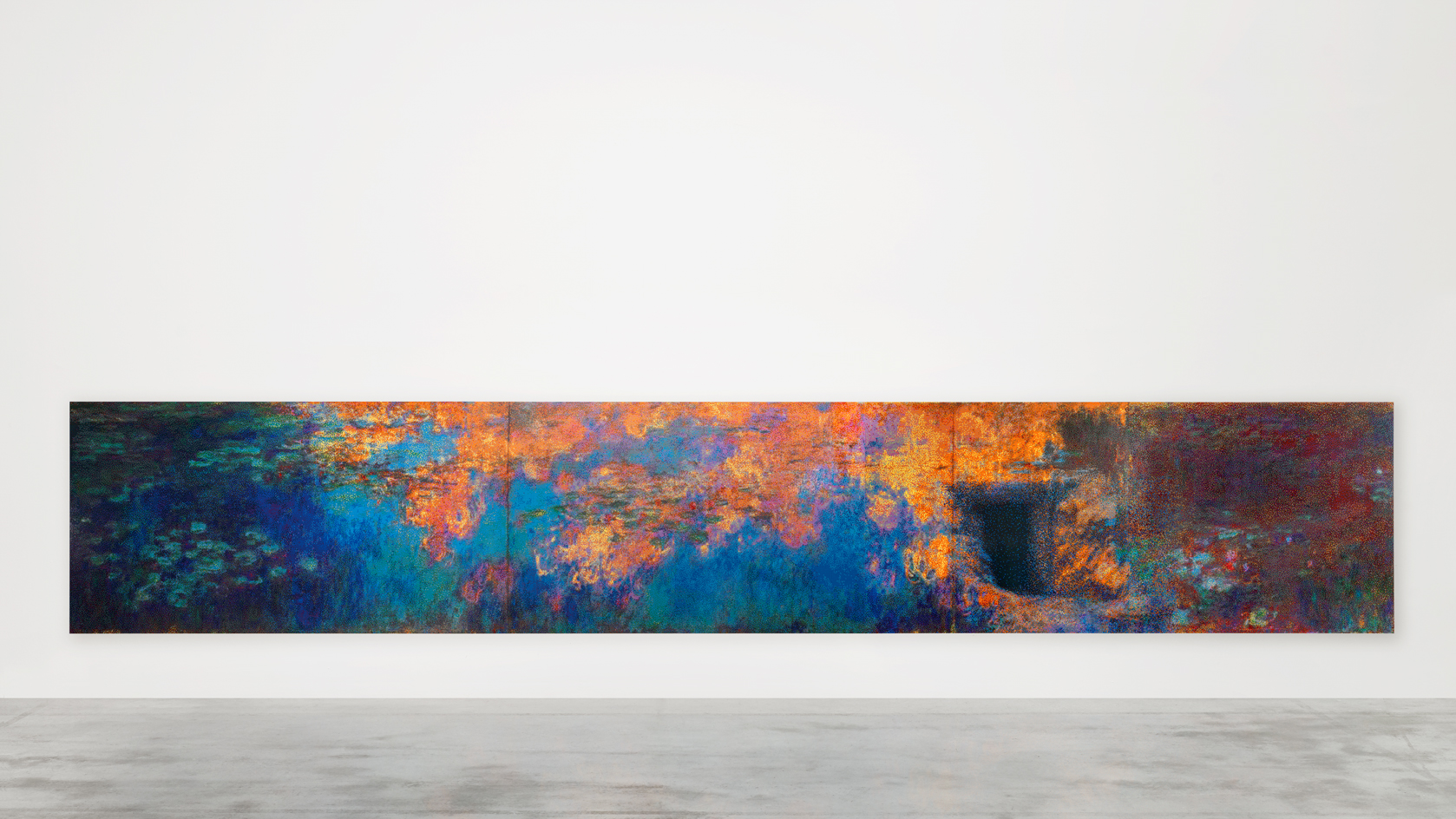 Ai Weiwei's largest-ever Lego artwork revealed at London’s Design Museum
Ai Weiwei's largest-ever Lego artwork revealed at London’s Design MuseumAt London’s Design Museum, Ai Weiwei has unveiled Water Lilies #1, a new Lego recreation of Claude Monet’s iconic painting. We explore the vast new work ahead of the Chinese artist’s major show at the museum until 30 July
-
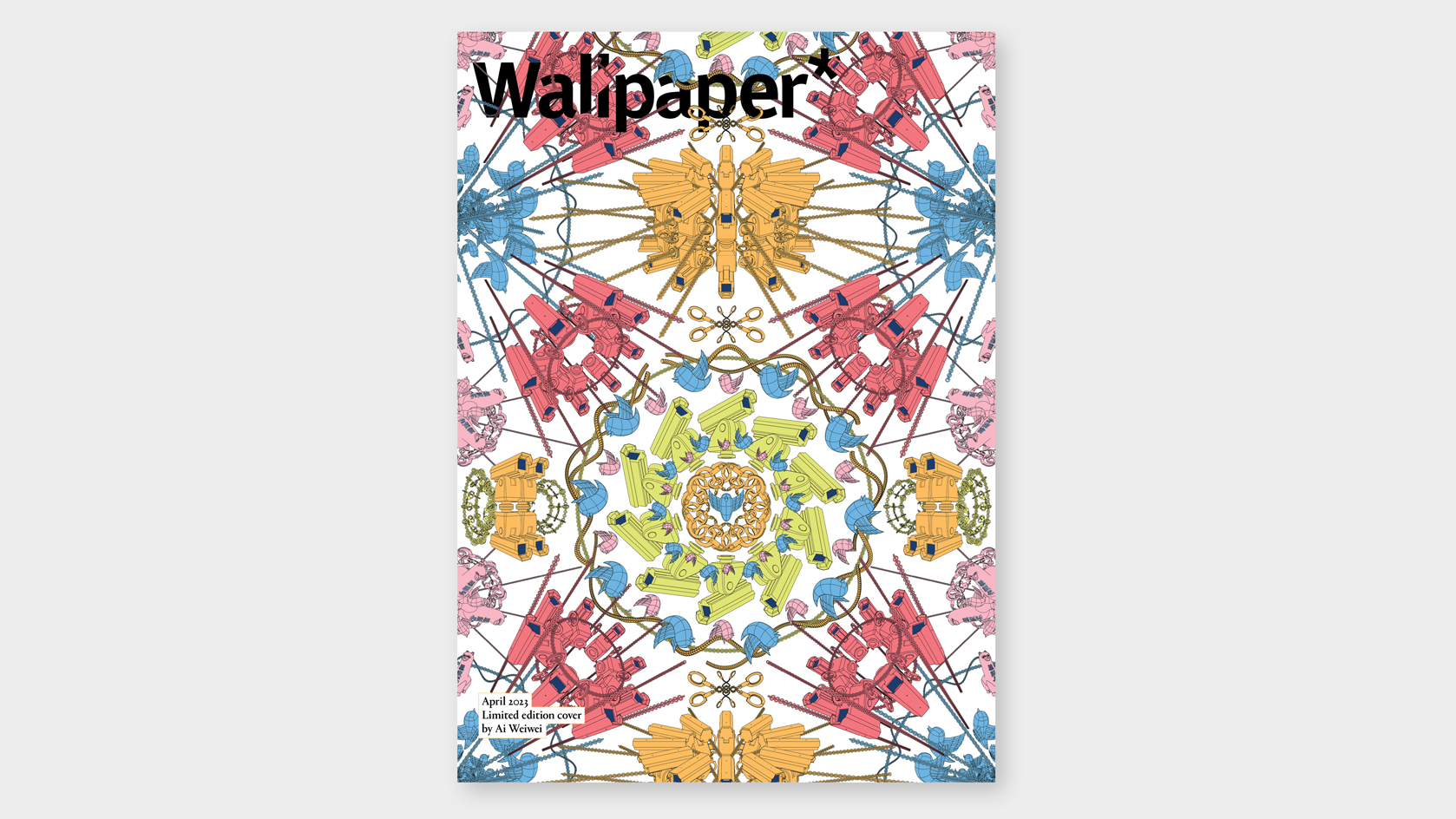 Ai Weiwei’s limited-edition cover for Wallpaper* explores surveillance, free speech, and humour as activism
Ai Weiwei’s limited-edition cover for Wallpaper* explores surveillance, free speech, and humour as activismAi Weiwei takes over the limited-edition cover of the April 2023 issue of Wallpaper*. Ahead of the artist's major Design Museum show on 7 April, we explore the story behind the cover